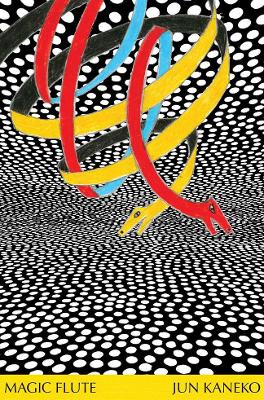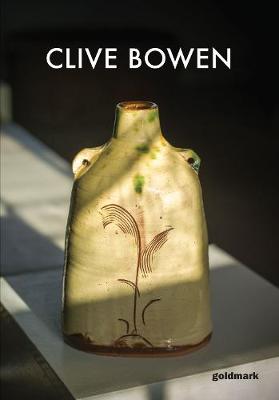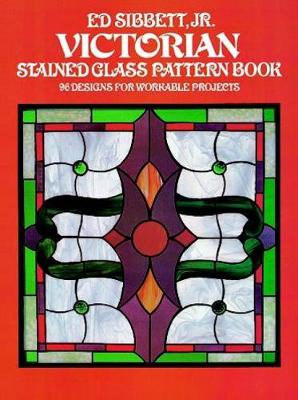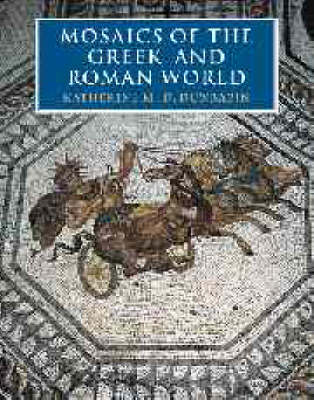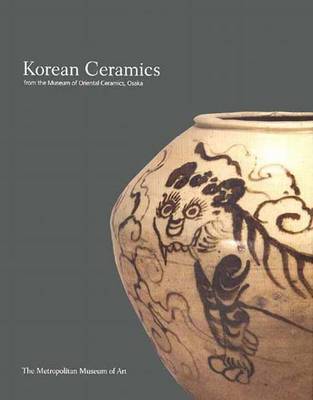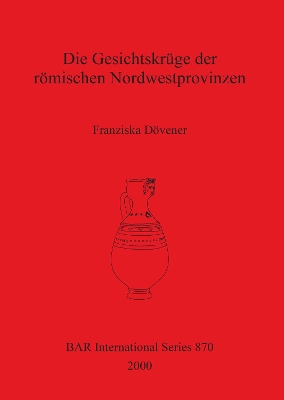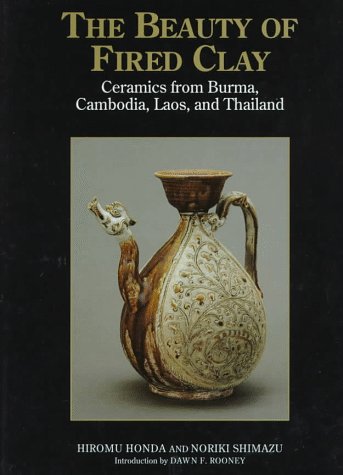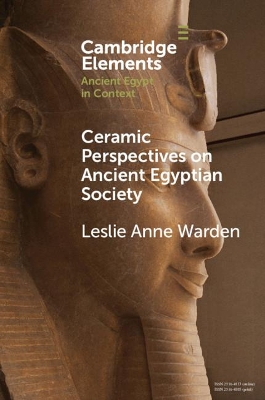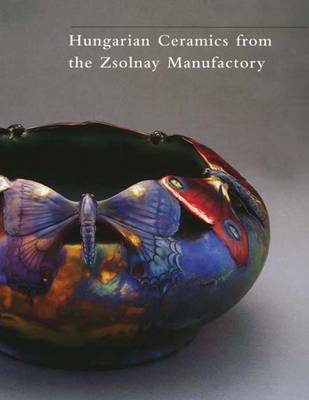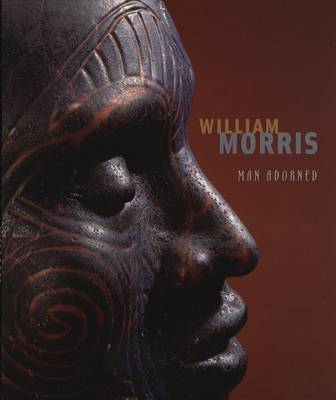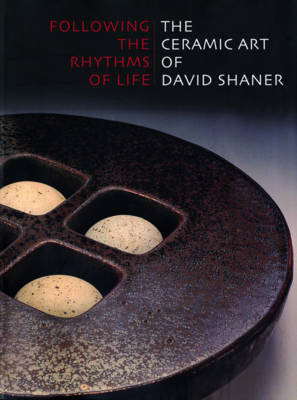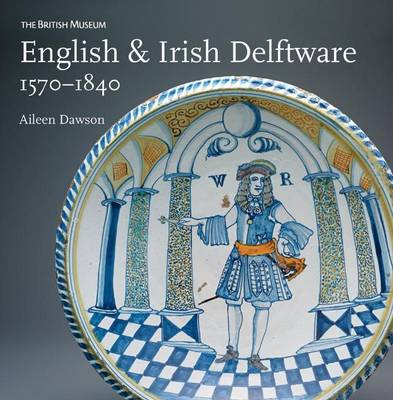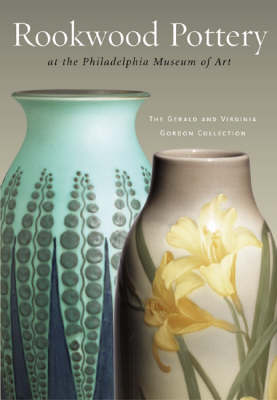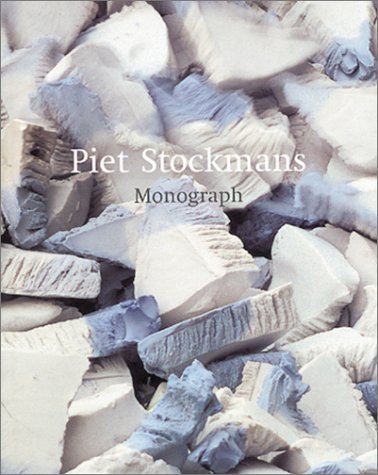Copeland Collection: Chinese and Japanese Ceramic Figures
by Antique Collectors' Club and William R. Sargent
The Copeland Collection of 134 Chinese and Japanese ceramic figures, perhaps the most important assemblage of its kind still in private hands, is recognized internationally for the superb quality of its many rare forms. Acquired by Mrs. Lammot du Pont Copeland over the past fifty years, each of these beautifully modeled human and animal figures testifies to the unerring eye of a premiere collector.The majority of these figures are of porcelain, produced during the late seventeenth to the late ei...
This is an in-depth overview of the creation and development of Mozart's opera The Magic Flute by artist and ceramicist Jun Kaneko. In 2009 the San Francisco Opera commissioned Kaneko to create a contemporary The Magic Flute which took him on a three-year journey to realize this new high-tech production. The book documents this process from the very first artist sketches until the opening night production on stage in San Francisco. This fascinating and exciting journey is recorded in numerou...
Victorian Stained Glass Pattern Book (Dover Stained Glass Instruction)
by Ed Sibbett
This book provides a comprehensive account of mosaics in the ancient world from the early pebble mosaics of Greece to the pavements of Christian churches in the East. Separate chapters in Part I cover the principal regions of the Roman Empire in turn, in order to bring out the distinctive characteristics of their mosaic workshops. Questions of technique and production, of the role of mosaics in architecture, and of their social functions and implications are treated in Part II. The book discusse...
The Ceramics of South-east Asia (Oxford in Asia Studies in Ceramics)
by Roxanna M. Brown
Recent progress in original research and discovery can be summarized into four areas of major importance: first, the identification of Guangdong ceramics as the missing link between the wares of China and those of both Vietnam and Kampuchea; secondly, the unexpected discovery of burial sites in the hills of western Thailand, which contained examples of northern Thai wares rarely seen previously; thirdly, the discovery of Burmese glazed ceramics; and finally, new findings from excavations at the...
The Kamratan Collection is one of the very few private collections of Khmer wares in Asia, and is noteworthy both in terms of quality and quantity. More than 130 pieces are illustrated in this book.
Korean Ceramics from the Museum of Oriental Ceramics, Osaka (Metropolitan Museum of Art)
by Itoh Ikutaro
The forty-eight rare and beautiful masterworks of Korean ceramics in this book reveal much about ceramic manufacture and the development of unique styles in Korea.
Die Gesichtskrüge der römischen Nordwestprovinzen (British Archaeological Reports International)
by Franziska Doevener
Ceramic Perspectives on Ancient Egyptian Society (Elements in Ancient Egypt in Context)
by Leslie Anne Warden
This Element demonstrates how ceramics, a dataset that is more typically identified with chronology than social analysis, can forward the study of Egyptian society writ large. This Element argues that the sheer mass of ceramic material indicates the importance of pottery to Egyptian life. Ceramics form a crucial dataset with which Egyptology must critically engage, and which necessitate working with the Egyptian past using a more fluid theoretical toolkit. This Element will demonstrate how ceram...
The Zsolnay Manufactory represents a triumph of Hungarian applied arts, for during its heyday it produced elegant and innovative ceramics for an international clientele as well as architectural ceramics that embellished some of the finest public and private buildings in the Austro-Hungarian empire. This manual recounts the story of the 150-year-old company and presents numerous examples of its work, showing how its changing fortunes reflect the cultural, economic and political developments in Ce...
For thousands of years humans have adorned themselves. Adornment figures among the constellation of traits that signify the arrival of modern human behavior in the archaeological record. Werever they ventured, wherever they lived, people have made art and adorments to accompany them in life and death. In this book, artist William Morris celebrates this ancient and universal human quality and continues his exploration of the themes of origin and myth that permeate all his work. At first glance, t...
Tin-glazed earthenware has been made in Europe since the 15th century. In Britain, floor tiles and drug pots were made in Aldgate, London in the 16th century by immigrant potters from the Low Countries. In the early 17th century factories making dishes and other wares were set up in London close to the River Thames. Their products were initially much influenced by Chinese porcelain, as well as by Italian maiolica. Manufacture spread from London to centres such as Bristol, Liverpool and Dublin. K...
Using glass to explore a provocative range of artistic and intellectual concerns, Josiah McElheny (*1966 in Boston) produces dazzling fabricated objects that address such subjects as the nature of visual perception, the narratives of modernism, and the origin of the universe. Since 2007 he has produced a series of sculptures and a film inspired by The Light Club of Batavia, a 1912 text by German Expressionist writer Paul Scheerbart. This publication focuses on McElheny’s Light Club works, which...
Traditions céramiques Identités et Peuplement en Sénégambie (British Archaeological Reports International)
by Moustapha Sall
The Rookwood Pottery was probably the most famous company making art pottery in the United States in the late nineteenth century into the twentieth century, achieving an international reputation and consistently promoting artistic innovation. Proud that the pottery was "an artist's studio, not a factory," Rookwood Pottery is known for achieving exceptionally fine glazes and successful experimental designs. By assimilating the strengths of myriad aesthetic movements from the American Art Pottery...
This important book forms part of the Handmade in Britain partnership between the V&A and the BBC. Published as the culmination of a year-long season of programming over three series, it explores the history of making in Britain, looking across all media within the decorative arts. Handmade in Britain expands on the programmes, featuring key objects and makers in the V&A's collection as well as contributions from contemporary practitioners. It traces Britain's status as an unsophisticated import...
Ash glaze, as the name suggests, is a glaze derived from ashes. The earliest such glazes can be traced back to the Shang period in China (c. 1500 B.C.), and it is thought they were produced accidentally, the result of white-hot wood ash being carried through the kiln with the draft of the fire and settling onto the pots, where the searing white heat melted it to a glass. Three thousand years later, wood ash remains an important and immensely popular feature of pottery glaze making. For the moder...

